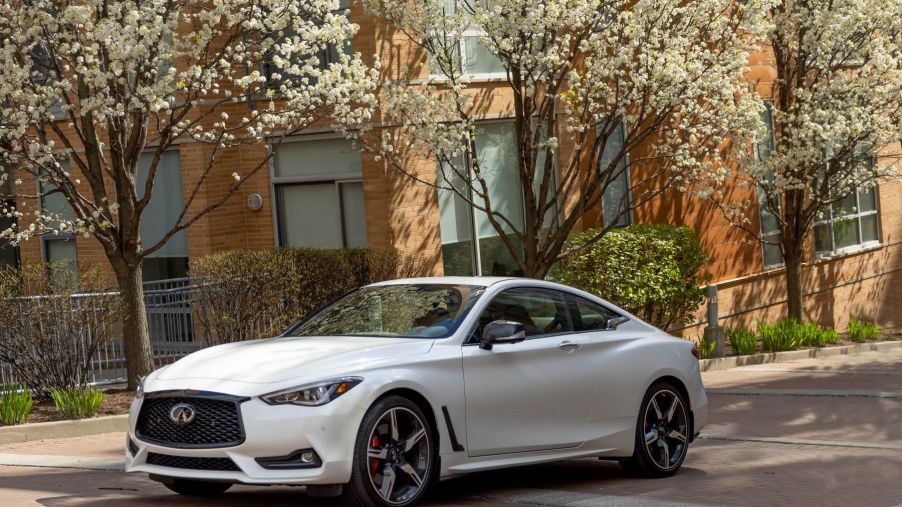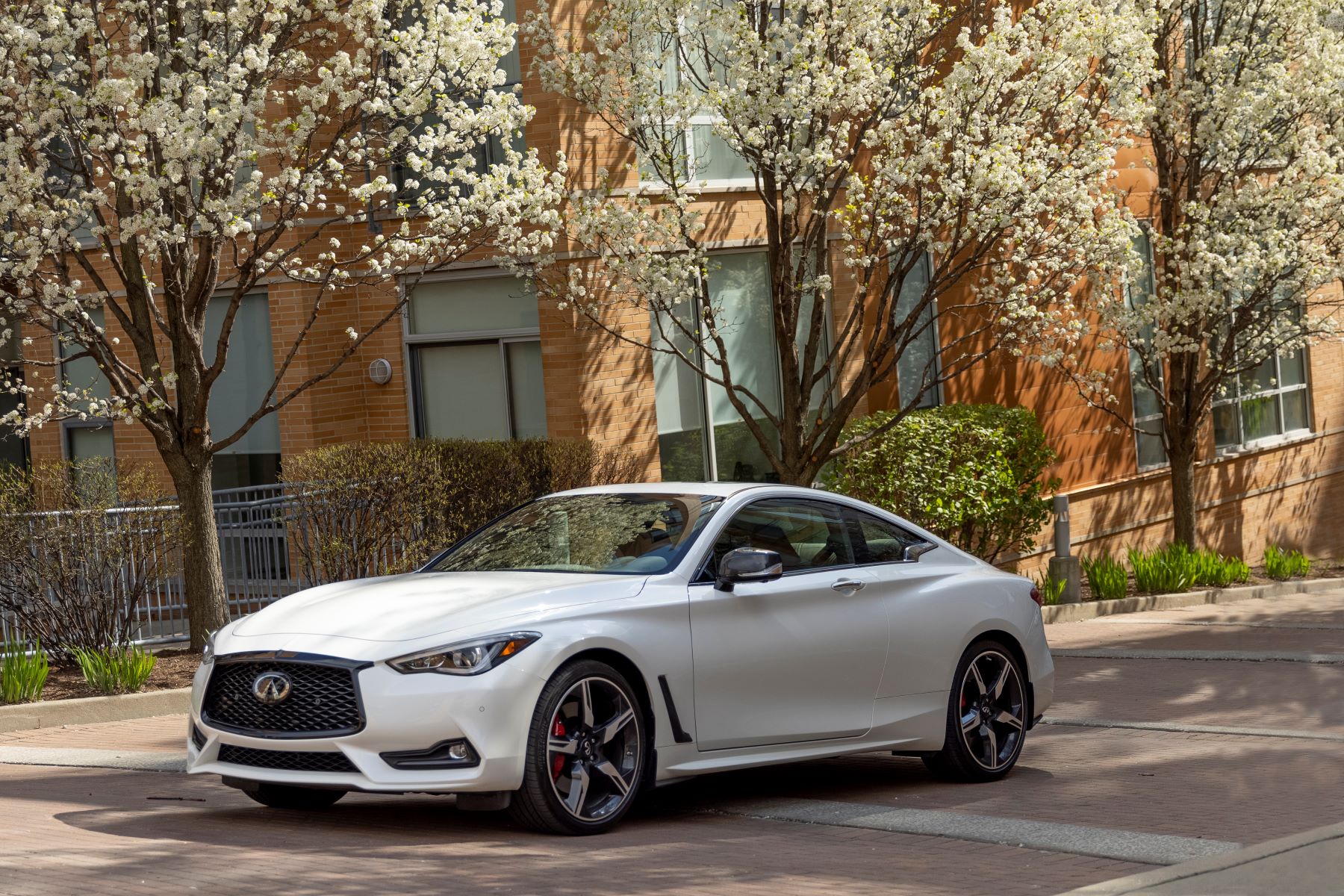
How an Infiniti Q60 Became Cuba’s First New U.S. Car in 58 Years
Imagine living in a country where legal restrictions have prevented most of its citizens from purchasing a new vehicle of any kind. We’re talking Classic Car Sunday seven days a week and auto restoration as a necessity, not a hobby. Now imagine that, after nearly 60 years of this, the first new car that goes on sale is the Infiniti Q60.
You wouldn’t know whether to laugh or cry at the irony. It doesn’t take a degree in economic history to deduce that most drivers in Cuba used to hand-me-downs and patch jobs would balk at a Chevrolet Spark priced at $15,000, let alone a $40,000-plus luxury vehicle. That’s life when a nation is caught between a geopolitical tug-of-war.
How Cuba became the fotingo paradise of the Caribbean

Classic cars are as much a symbol of Cuba as Cohiba cigars, Ernesto “Che” Guevara, and Castro’s beard. Remember all those classic cars on the set of Fast and Furious 8 in Cuba? Director F. Gary Gray figured the easiest way to get as many genuine vintage muscle cars in as possible was to shoot parts of the film in Havana. Cuba has even managed to incorporate classic cars into a significant portion of its tourism industry.
The history behind how Cuba became the largest collector of vintage American-made cars started in the early 20th century. In the 1870s, Cuba had already positioned itself as one of Latin America’s high-income producing countries. Its economy grew rapidly in the early 1900s thanks to lucrative sugar sales to the United States and abroad.
Once World War II ended and the Cold War started, Cuba’s days of prosperity waned. In 1961, the Foreign Assistance Act was passed by Congress, which was a part of the National Security Act. It was intended to dissuade Castro from aligning himself with the Soviet Union, which he did anyway. This resulted in nearly 60 years of very strict trade restrictions, starting with President Kennedy. All the American-made cars in Cuba today seem to be all that’s left of the pre-Castro era.
The first American car permitted to enter Cuba
In late 2016, the Senior Vice President for Global Design for Nissan, Alfonso Albaisa, decided to visit Cuba, his family’s homeland. When Cuba’s political environment worsened, Albaisa’s parents sold their prized possessions and fled to the United States in August 1962. That was two years before Albaisa was born, so he never experienced Cuba for himself.
In an interview with Fortune in 2016, Albaisa said: “My only experience of Cuba was through my family’s stories and photos.” As pointed out by CNET, the Obama Administration started easing the long-standing Cuban embargo way back in 2009. As a result, people were finally permitted to travel freely to and from the island state.
Knowing that it had been nearly six decades since a new car from the United States had entered Cuba, Albaisa brought the 2017 Infiniti Q60 coupe with him.
As reported by The Atlantic, “For decades, a special permit was required to purchase a car, and permits were only granted to diplomats, technicians, doctors, those on foreign missions and those with bank accounts outside of Cuba.” However, that permitting system was removed by the Cuban government in December 2013.
However, between 2013 and 2016, the average Cuban citizen only made between $20 and $30 a month. Prices for the 2017 Infiniti Q60 ranged from about $30,000 to around $46,000 back then. An auto loan for cars in that price bracket typically has monthly payments ranging between $900 and $1,000 — over 30 times what the average Cuban brings home in a month.
A brief overview of the 2017 Infiniti Q60
First released in July 2013, the Infiniti Q60 is the coupe and convertible replacement for the Infiniti G37. Both models are a part of the Infiniti Performance Line (IPL) division, released in 2010. The G37 IPL was subsequently renamed the Q60 IPL at the beginning of the 2014 model year, featuring performance improvements intended to attract younger buyers.
Some of the initial performance improvements included a retuned 348-hp engine that produces 276 lb-ft of torque at 5200 RPM. For the 2017 Q60, rather than more improvements, Infiniti went the opposite direction. Coming in four trim levels, the base model features a 2.0-liter turbocharged four-cylinder that produces only 208 horsepower and 258 lb-ft of torque, sacrificing power for a more affordable starting price.
The Infiniti Q60 Red Sport 400 is the top-tier trim and is equipped with a 3.0-liter V6 engine that produces 400 horsepower (hence the name) and 295 or 350 lb-ft of torque, depending on the configuration. In a review published by Car and Driver, the base model had a starting MSRP of $39,855 in October 2016. The Red Sport 400 had a starting MSRP of $51,300 — an $11,445 difference for roughly 200 more horses.
As stated by the Car and Driver reviewer, “We have driven plenty of cars over the years that are exciting enough to make us wax poetic. This is not one of them.”


